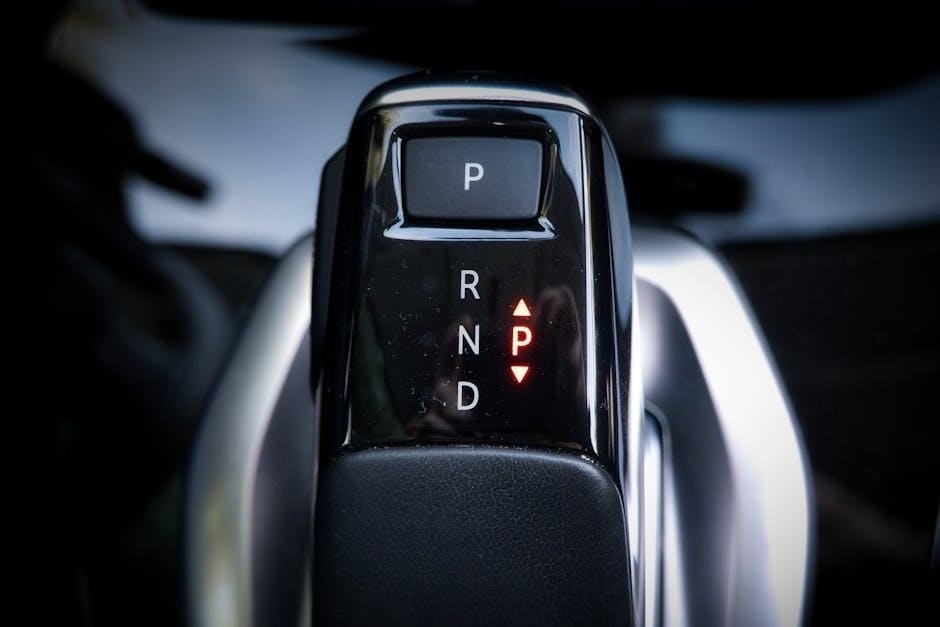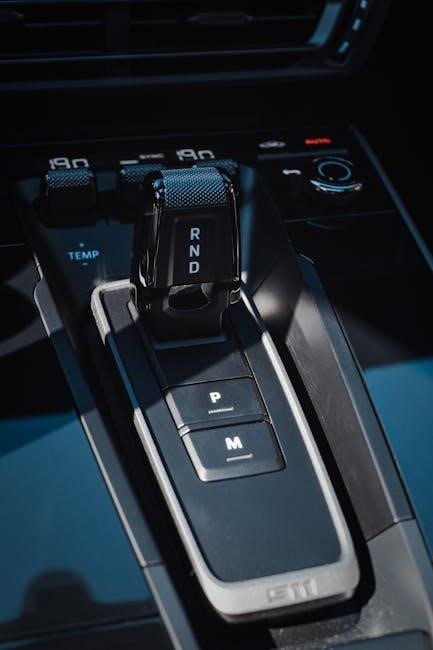Remote starters for manual transmissions are available, with specific models like Compustar CS4900-S, offering convenience and ease of use, requiring proper installation by a qualified professional to ensure safety features.
Overview of Remote Car Starters for Manual Vehicles
Remote car starters for manual vehicles are designed to provide convenience and ease of use, allowing drivers to start their cars remotely. These systems are specifically designed for manual transmissions, taking into account the unique requirements of these vehicles. The remote starter is wired into the clutch interlock, bypassing the need for someone to depress the clutch pedal. This allows the car to start remotely, without the risk of the car moving or stalling. The installation process requires a qualified professional to ensure that the system is installed correctly and safely. There are several models available, including the Compustar CS4900-S, Viper 5706V, and Avital 4105L, each offering a range of features and benefits. These systems are designed to work seamlessly with manual transmissions, providing a convenient and easy-to-use solution for drivers. Overall, remote car starters for manual vehicles offer a convenient and practical solution for drivers who want to start their cars remotely.
Compatibility of Remote Start Systems with Manual Cars
Remote start systems are compatible with manual cars, requiring specific installation and wiring to ensure safe and proper function, with many models available for manual transmissions, including various features.
Top Remote Start Systems for Manual Transmissions
There are several top remote start systems available for manual transmissions, including the Compustar CS4900-S, Viper 5706V, Avital 4105L, and Python 5706P, which offer a range of features and compatibility with various vehicle models. These systems are designed to provide convenience and ease of use, while also ensuring safe and proper function. The Compustar CS4900-S, for example, is a popular choice among car owners, offering a reliable and efficient remote start system that can be installed in a variety of manual transmission vehicles. The Viper 5706V is another highly-rated option, providing advanced features such as keyless entry and trunk release, in addition to its remote start capabilities. Overall, these top remote start systems for manual transmissions offer a great solution for car owners who want to enjoy the convenience of remote start without sacrificing the control and performance of a manual transmission. With proper installation and use, these systems can provide years of reliable service and enhance the overall driving experience.
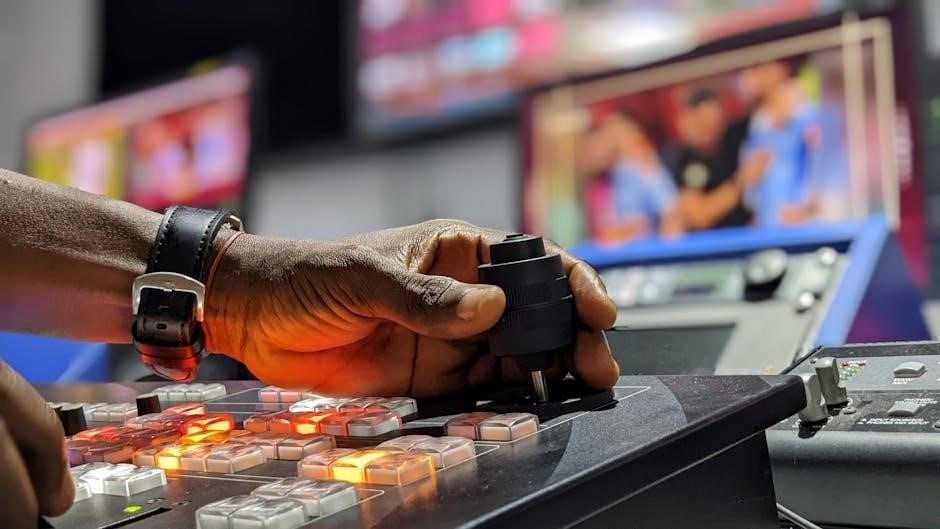
Challenges of Installing Remote Starters in Manual Cars
Installing remote starters in manual cars involves complexities and challenges, requiring proper wiring and clutch interlock integration for safe operation, by a qualified professional to ensure correct installation.
Wiring the Remote Car Starter into the Clutch Interlock
To install a remote car starter in a manual transmission vehicle, it is necessary to wire the system into the clutch interlock, which can be a complex process, requiring a good understanding of the vehicle’s electrical system. The clutch interlock is a safety feature that prevents the vehicle from starting unless the clutch pedal is pressed, and the remote starter must be integrated into this system to ensure safe operation. A qualified professional should perform the installation to avoid any potential risks or damage to the vehicle. The wiring process involves connecting the remote starter to the clutch interlock, as well as to the vehicle’s ignition and starter motor, and requires careful attention to detail to ensure that the system functions correctly. By wiring the remote car starter into the clutch interlock, the system can be safely integrated into the vehicle, providing the convenience of remote starting while maintaining the safety features of the manual transmission. The installation process may vary depending on the vehicle make and model, and the type of remote starter being used.
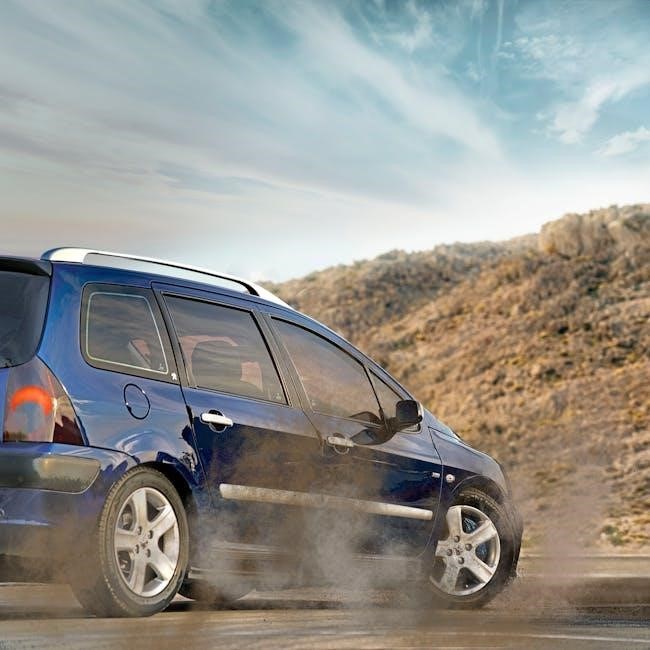
Popularity of Manual Transmissions in Modern Vehicles
Manual transmissions are less popular, with less than 30 options available in new cars, due to technological advancements in automatic transmissions, according to recent reports and industry trends and sales data.
Decline of Manual Transmission Options in New Cars
The decline of manual transmission options in new cars is a notable trend in the automotive industry, with reports indicating that less than 30 manual-transmission-option cars are available in 2025. This shift is largely attributed to the technological advancements in automatic transmissions, which have become more efficient and convenient. As a result, many car manufacturers have opted to discontinue manual transmission options in their newer models. The data suggests that the demand for manual transmissions has decreased significantly, with J;D. Power reporting that less than a percent of new car sales were manual. This decline is expected to continue, with many industry experts predicting that manual transmissions will become a rare feature in future car models. The shift towards automatic transmissions has been driven by consumer preferences for convenience and ease of use, making manual transmissions less desirable in modern vehicles. Furthermore, the decline of manual transmission options has significant implications for driving enthusiasts who prefer the control and engagement that manual transmissions provide.
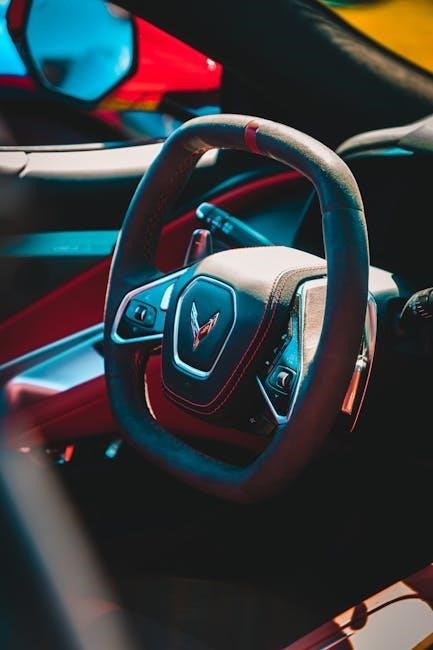
Benefits and Drawbacks of Manual and Automatic Transmissions
Manual transmissions offer control, while automatics provide convenience, each with unique benefits and drawbacks, affecting driving experiences and vehicle performance, with varying advantages.
Comparison of Manual and Automatic Transmissions in Various Driving Scenarios
In different driving scenarios, manual and automatic transmissions exhibit distinct characteristics, influencing driver preference and vehicle suitability. For instance, manual transmissions are often preferred in performance driving, as they provide direct control over gear shifts, enabling drivers to optimize acceleration and braking. In contrast, automatic transmissions excel in heavy traffic conditions, reducing driver fatigue and stress. Additionally, manual transmissions can be beneficial in hilly or mountainous terrain, allowing drivers to maintain control and prevent rollback. On the other hand, automatic transmissions are well-suited for urban driving, where frequent stops and starts are common. Furthermore, the comparison of manual and automatic transmissions in various driving scenarios reveals that each has its strengths and weaknesses, and the choice between them ultimately depends on personal preference, driving style, and specific needs. Overall, understanding the differences between manual and automatic transmissions in different driving scenarios is essential for making informed decisions when selecting a vehicle.
